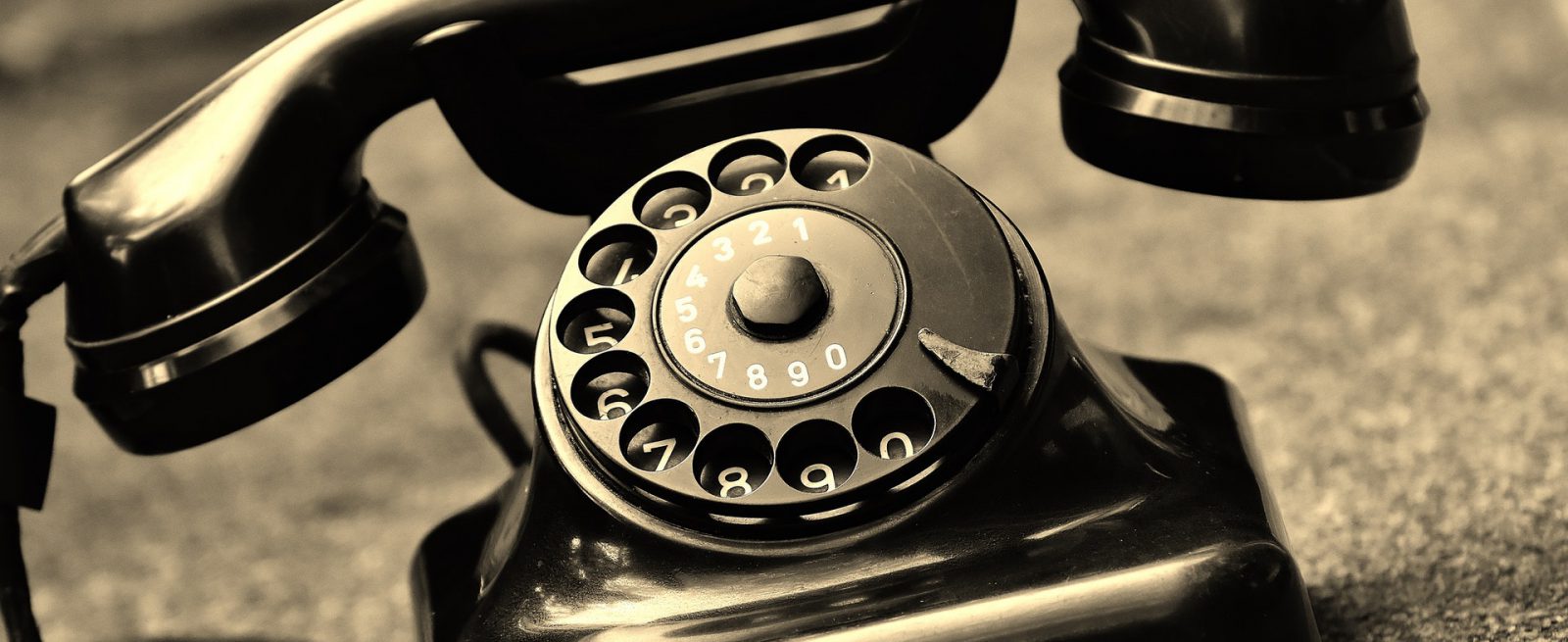The Call Was Coming From Inside The POS: A Starter’s Guide to Data-Driven Restaurant Loss Prevention
3 Min Read By David Pettit
Whether you are the sole operator or you manage thousands of stores, the stresses you face in the restaurant industry won’t disappear with the click of a button, but there are some easy ways to calm down the craziness by leveraging your POS data and dipping your toes into loss prevention.
Because loss prevention is still a (somewhat) new practice across the restaurant world, many owners and operators still focus on it as an offshoot of their internal safety or risk management practices. And while a focus on safety & risk is essential to your business, it’s also worth knowing that loss prevention isn’t about people slipping on a kitchen floor nor is it just about employees stealing. Restaurant loss prevention is about protecting your already thin margins by enacting policies that “keep an eye on things”…but in a way that doesn’t feel like Big Brother is watching.
When I talk with restaurant operators who are starting to dabble in loss prevention, I always recommend starting with your data first – let the numbers tell the story. Below are three initiatives I recommend you tackle first when rolling out or refining a loss prevention strategy.
Monitor for Employee Fraud or Theft
Rather than manually reviewing check data and video to identify fraud at your restaurant, you can use existing transcational data to define an “unacceptable” level of activity for each internal fraudster trying to grift your business (ex. 3 item transfers in a shift per employee). Once you define your tolerance for theft, you now have a benchmark when reviewing your nightly/weekly transaction reports. The best outcome with benchmarking is finding employees who may seem to be engaging in suspicious activity, but in reality, the issue can be resolved through additional training. Contrary to popular belief, the best loss prevention plans actually work to avoid employee turnover.
Refine Cash Handling Procedures
Well-defined cash handling procedures reduces the risk of cash loss via employee theft or error. If you lack a well-documented plan, it makes it nearly impossible to track and identify cash handling issues. Poor cash handling procedures is usually a sign of poor overall operations, and knowing how your cash is being tracked is a vital component to being a restaurant operator.
Start with these three tactics to get a cash handling plan in place.
- Place drop boxes close to the register, and perform periodic cash drops to limit the register fund to the cash that is only needed for a specific shift.
- Assign a trusted on-duty manager to make cash deposits, but limit the number of individuals authorized to handle cash.
- Separate cash management duties (i.e. collecting cash, recording receipts and reviewing checks) to create a system of accountability.
Once your restaurant’s cash handling plan is in place, this is when you can begin to use your POS data to develop reports that include voids, refunds, discounts, and any other metric that could be an indicator of how a cash shortage (or surplus) occurred.
Use In-Restaurant Video as Confirmation – Not Investigation
Video can be a powerful tool within a restaurant loss prevention strategy, but it should not be used as the primary method for identifying loss. Restaurant video analysis can be a crutch because you are starting at the source.
Rather than starting with video and searching for the problem, restaurant management should avoid false positives by letting your data tell you when a particular store, employee, or item is outside the norm. Once you have the numbers that back up your assumptions, drill down into the video details to make your entire investigation process more efficient.
Read more about the nine tips to an efficient restaurant loss prevention program


